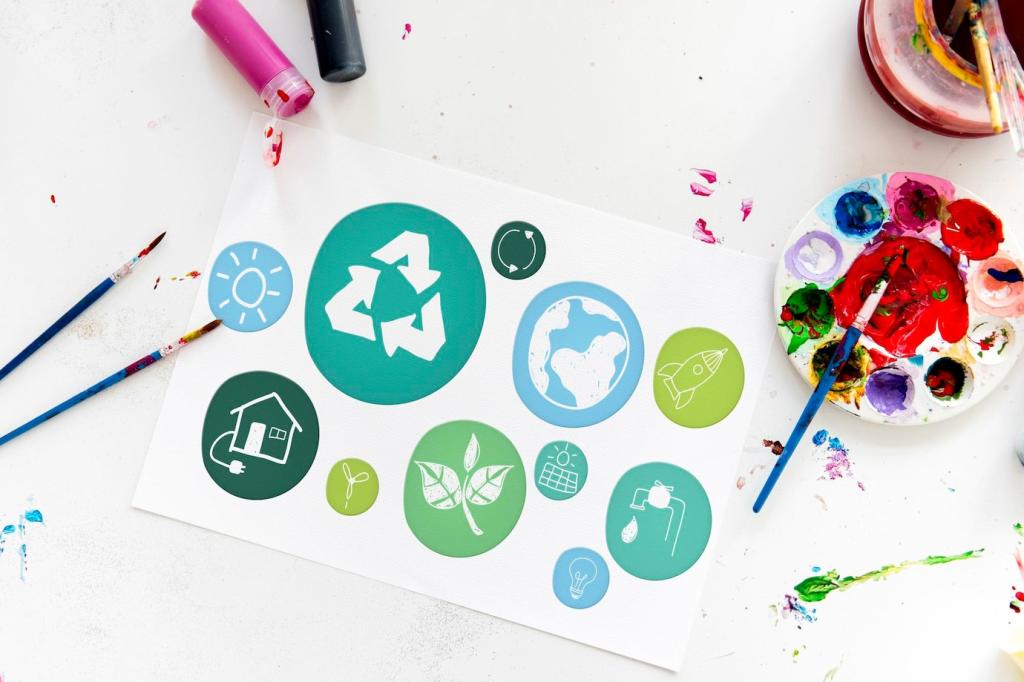Materials and Finishes That Support Conservation
Select finishes that release grime without heavy scrubbing: high-quality ceramic glazes, quartz composites, or sealed limewash in splash zones. Rounded corners and integrated backsplashes reduce crevices that trap residue. Less elbow grease means fewer buckets. Tell us which countertop or tile has been easiest to maintain with minimal water.
Materials and Finishes That Support Conservation
Modern machines often use less water than handwashing, especially on eco cycles. Look for high spin speeds that shorten drying time and soil-sensing programs that right-size each wash. Use full loads, and consider cold water for many fabrics. Share your model and cycle customizations so others can copy your winning settings.






